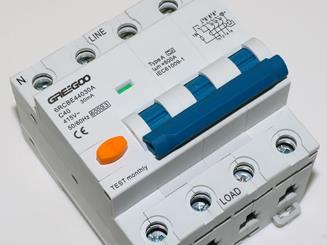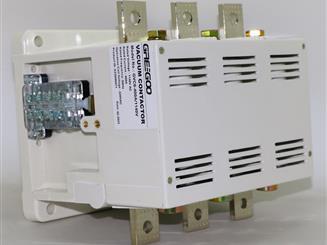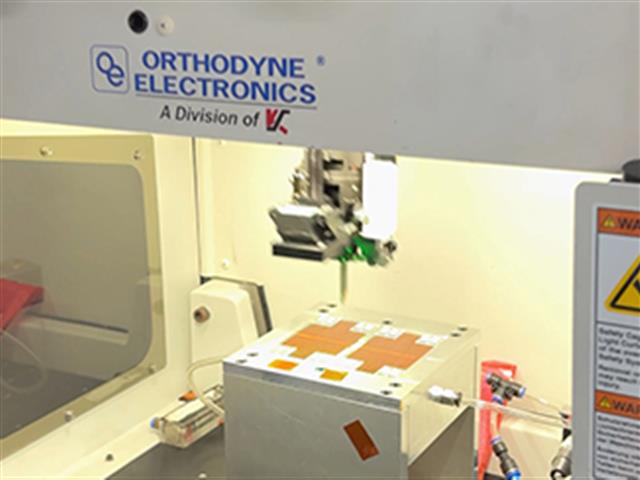Solid state relays
Solid state relays
Solid-state relays (SSRs) offer benefits like fast switching, extended lifespan, and silent operation due to their semiconductor-based design without moving parts. They're compact, lightweight, and provide high electrical isolation, enhancing safety. SSRs eliminate contact arcing, reducing maintenance needs, and can handle a wide current range. Their efficiency in high-frequency applications and low input power consumption make them energy-efficient. While SSRs are advantageous, choosing them depends on specific application requirements like voltage and current. Overall, SSRs provide reliable, noise-free, and efficient switching solutions compared to traditional electromechanical relays.

High current, high voltage, low holding power, compact size of Vacuum Contactors
Compact size, space saving, 800A to 1400A vacuum contactor, special for wind power and PV solar.
Read More
RCBO - electronic and magnetic type, type A and AC, maximum up to 40A
6kA RCBO, 4P/2P, type A/AC, 6A to 40A, electronic and magnetic tripping
Read More
What are the main difference between electrical holding and magnetic holding in vacuum contactor?
In summary, the main difference between electrical holding and magnetic holding in a vacuum contactor is the method used to maintain the closed position of the main power contacts when the coil is de-energized. Electrical holding uses an external electrical circuit to provide continuous holding force, while magnetic holding relies on the energy stored in a permanent magnet to maintain the closed position without an external power supply.
Read More
The Crucial Role of IGBT Modules in Power Electronics and Their Expanding Applications
The Key Role of IGBT Modules in Power Electronics and Modern Applications
Read More













